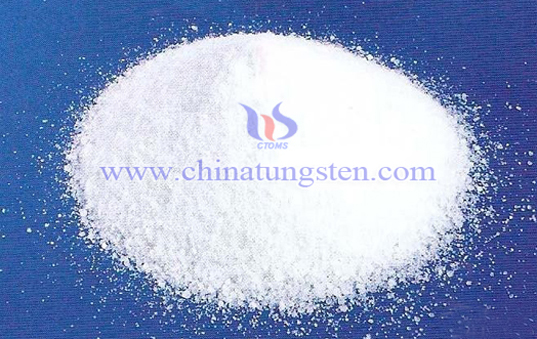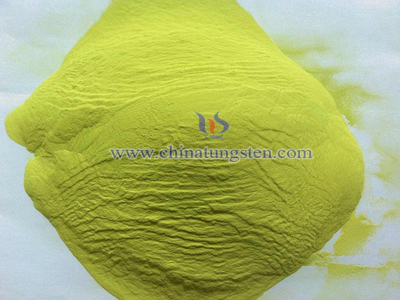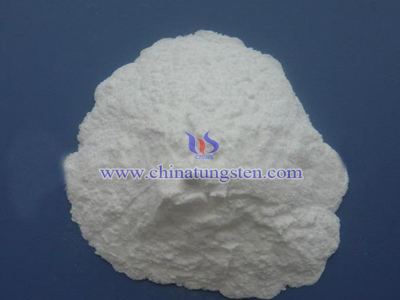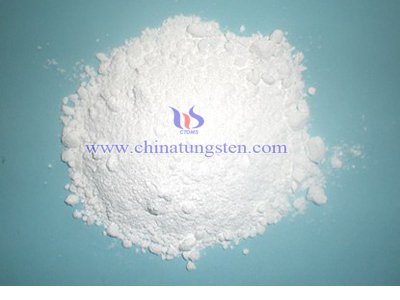APT Determination of Trace Element

Ammonium paratungstate (APT) is an important intermediate in the production of tungsten trioxide (WO3) and tungsten metal, both of which are used in the semiconductor and electronic industries. As the properties of these materials are strongly affected by elemental impurities, it is necessary to assess the purity level of any intermediaries used in their manufacture as well as the materials themselves. Elements of interest include Na, K, Ca, Fe, Si, P, and S.
Traditional analytical techniques for the analysis of high-purity tungsten are graphite furnace atomic absorption spectroscopy (GFAAS), flame atomic absorption spectroscopy (FAAS), and inductively coupled plasma optical emission spectroscopy (ICP-OES). However, direct determination of high-purity tungsten by these methods has been limited by the formation of intense matrix interferences. Analyte/matrix separation methods, such as ion exchange, liquid-liquid extraction, and co-precipitation have been investigated for the analysis but these matrix elimination methods are timeconsuming, labor- intensive, and costly. They also increase the risk of contamination and the loss of key trace elements. Consequently, a more powerful and reliable method is required for the determination of trace contaminants in highpurity tungsten.
ICP-MS is frequently used for high-purity materials testing because of its superior sensitivity and low detection limits compared to the traditional analytical techniques. However, this application remains challenging for conventional ICP-MS for the following reasons:
• Deposits from high-matrix (TDS > 0.1%) samples build up on the interface cones, resulting in signal drift and instability.
• Possible contamination from ubiquitous elements such as Na, K, Al, Ca, and Fe during sample preparation or dilution. Dilution also degrades detection limits.
• Serious interferences on K, Ca, Fe, Si, P, and S
– Polyatomic ion interferences from ArH+, Ar+, ArO+,N2+, O2+, and NOH+
– Memory effects for elements such as Li and Na from the interface cones
The Agilent High Matrix Introduction (HMI) system has been developed specifically for the analysis of high-matrix samples. For the first time, samples with high TDS (up to 1%) can be introduced into an Agilent HMI/ICP-MS without causing signal drift problems . HMI increases the effectiveness of sample dissociation in the ICP central channel and improves ionization efficiency by means of aerosol gas dilution. Aerosol dilution reduces the amount of sample that is transported into the ICP, which means that the amount of solvent vapor (usually water) reaching the plasma is also reduced. With less water to decompose, the plasma is hotter and therefore more robust [illustrated by the reduced CeO+/Ce+ ratio (< 0.2%)]. Furthermore, the Octopole Reaction System (ORS) of the Agilent 7500 Series ICP-MS uses simple, universal conditions to remove polyatomic interferences effectively. The combination of these two advanced technologies is key to improving
the ability of ICP-MS to run very high and variable matrix samples routinely and accurately.
In this study, a new method has been developed for the determination of 21 metal impurities in high-purity APT using the Agilent 7500cx ICP-MS fitted with an HMI. The methodology is suitable for quality control, certification, and evaluation of APT on the production line.





